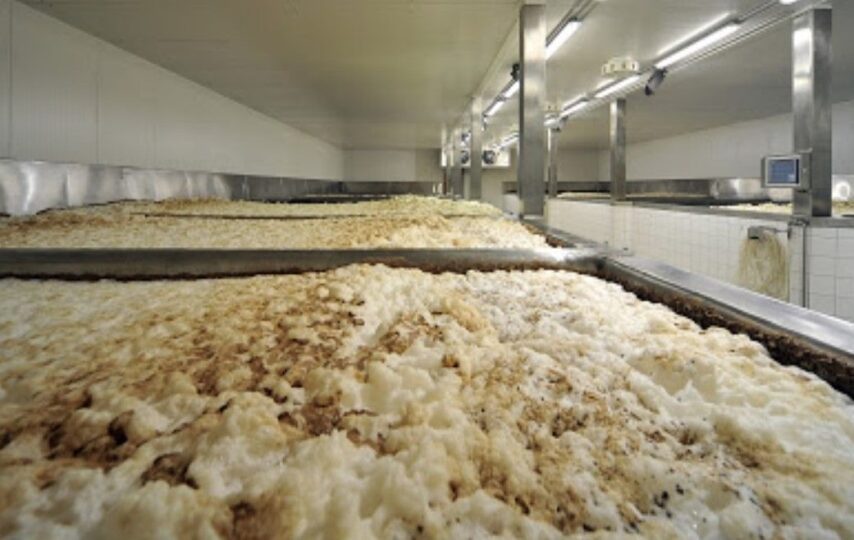Accurate and reliable foam measurement allows companies to realize substantial savings through better control of defoamers, improved process control, increased throughput, reduced product waste and reduced equipment downtime. To learn more, read the rest of our article.
What is foaming?
Foaming affects almost every industry: from pharmaceuticals to beer, from paint manufacturing to wastewater treatment, from oil and gas to food processing, from textiles to pulp and paper. Foam can be an integral and important part of a process or an unwanted side effect. Foam has the appearance of a simple material, in part because we are all familiar with it, whether as bath foam, bubbles in a milkshake or the head of a beer glass, for example. However, in practice, foam is a very complex and dynamic material, its production involving physical, chemical and biological processes.
How is foam formed?
The most common foams are an unstable biphasic medium of gas and liquid with a particular structure consisting of pockets of gas trapped in a network of thin films of liquid and shelf edges. Several conditions are necessary to produce foam: there must be aeration (generated, for example, by mechanical agitation, mixing, stirring, and spraying) and surface active components (surfactants) that reduce surface tension. There is always natural drainage along the thin films of liquid between the bubbles. The liquid flows gradually from top to bottom, creating a density gradient through the foam column. The foam at the top of the column collapses as the films become too thin to support the bubbles. An equilibrium develops between the collapse of this material at the top and the accumulation of new foam on the surface of the liquid below.
How to limit and control foam?
There is an extremely diverse set of chemical formulations that can be effective in preventing foam formation or destroying it once it has formed. In practice, most foam dispersal chemicals can perform both functions. Each antifoam agent is developed specifically for individual applications, and the global market for these essential evils is worth billions of Euros annually. Commonly used agents include insoluble oils, polydimethylsiloxanes and other silicones, certain alcohols, stearates and glycols. The most universal characteristic of any defoamer is that it is a surfactant. Most are insoluble, but some are water soluble, which only adds to the complexity. The latter type has a property known as inverse solubility. An increase in the temperature of an aqueous system in which the defoamer is present results in a decrease in its solubility. At or above the cloud point (the initial effective temperature), the defoamer separates from the solution and acts as a highly effective defoamer. Reducing the system temperature below the cloud point allows the defoamer to re-solubilize. Defoamers and antifoams work by being absorbed by the bubble surface in preference to the foam stabilizer. They are then effective in increasing the rate of drainage so that the bubbles drain quickly and then collapse. An effective defoamer can disperse foam in seconds and the process can be spectacular to watch. — We hope our article has helped you learn more about foam control. Please feel free to research further. You will find interesting information about silicone defoamers on this website .













